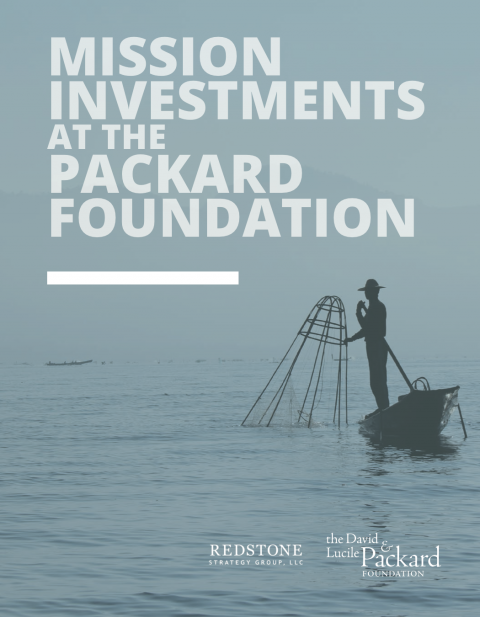From the foreword:
The David and Lucile Packard Foundation was an early pioneer in mission investing. Since 1980, the Foundation has made over $750 million in Program-Related Investments (PRIs) in the form of loans, equity investments, and guarantees. Since its first PRI, the Foundation’s approach to mission investing has evolved dramatically. As its impact investment portfolio has grown and matured, it has also developed the capacity to make Mission-Related Investments (MRIs), and is willing to use whichever mission investing approach will deliver the biggest impact.
The Packard Foundation asked Redstone Strategy Group to help document learnings from some of the Foundation’s more innovative, complex PRI deals – experiences that pushed the Foundation beyond the land and facilities PRIs that typified its early mission investments. Redstone interviewed Packard Foundation staff, investees, co-investors, and leaders of mission investing programs at a handful of peer foundations about what has worked well, what has not, and what challenges face the Packard Foundation and the field. The Foundation’s staff discussed these experiences and the emerging lessons to help guide its mission investing going forward.
This report begins with a brief overview of the Foundation’s history and approach to mission investing, and then outlines lessons that have emerged. It closes with some of the most challenging questions that remain for the Packard Foundation and the field as the value and limitations of mission investing come into sharper focus.



